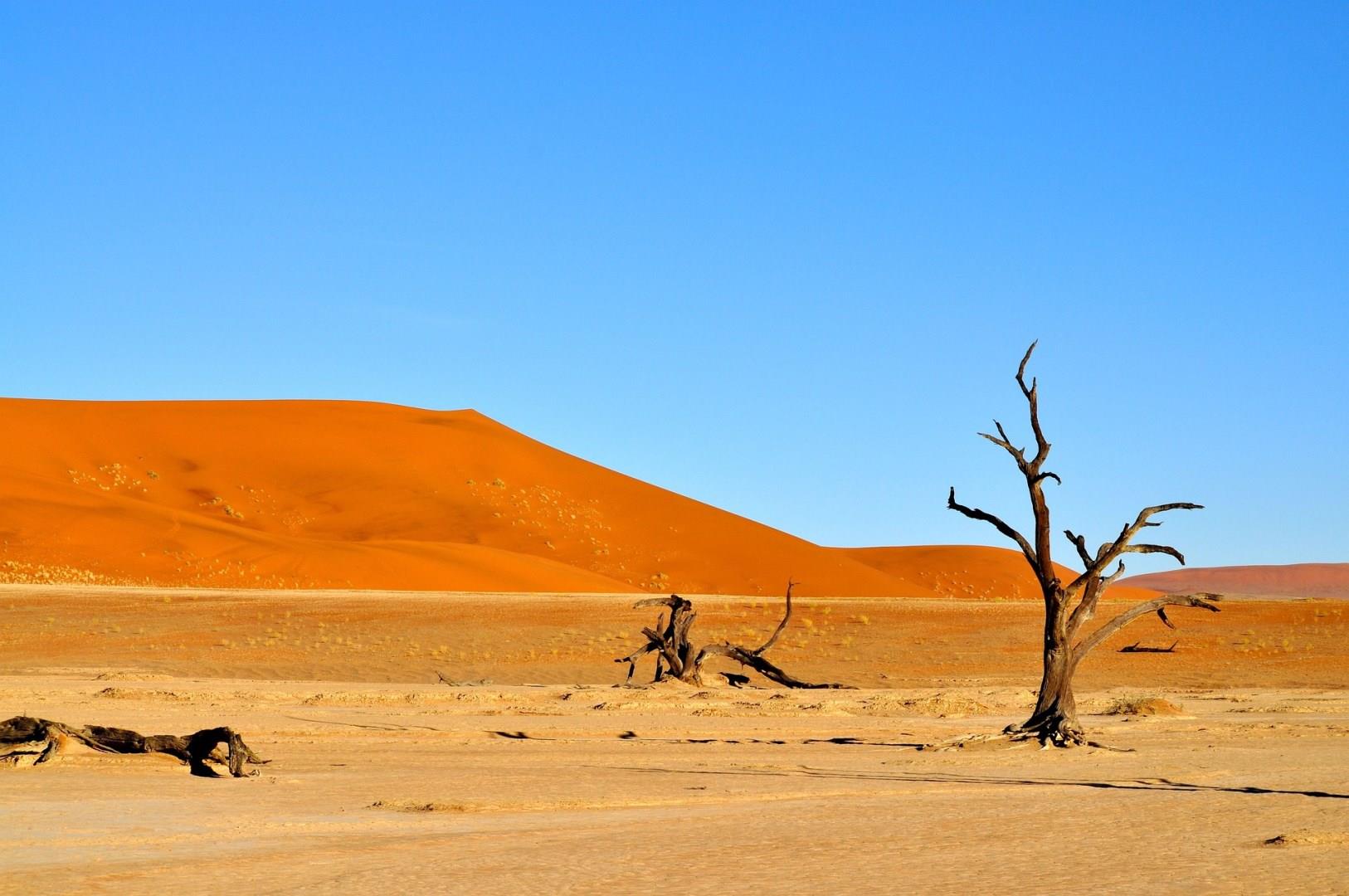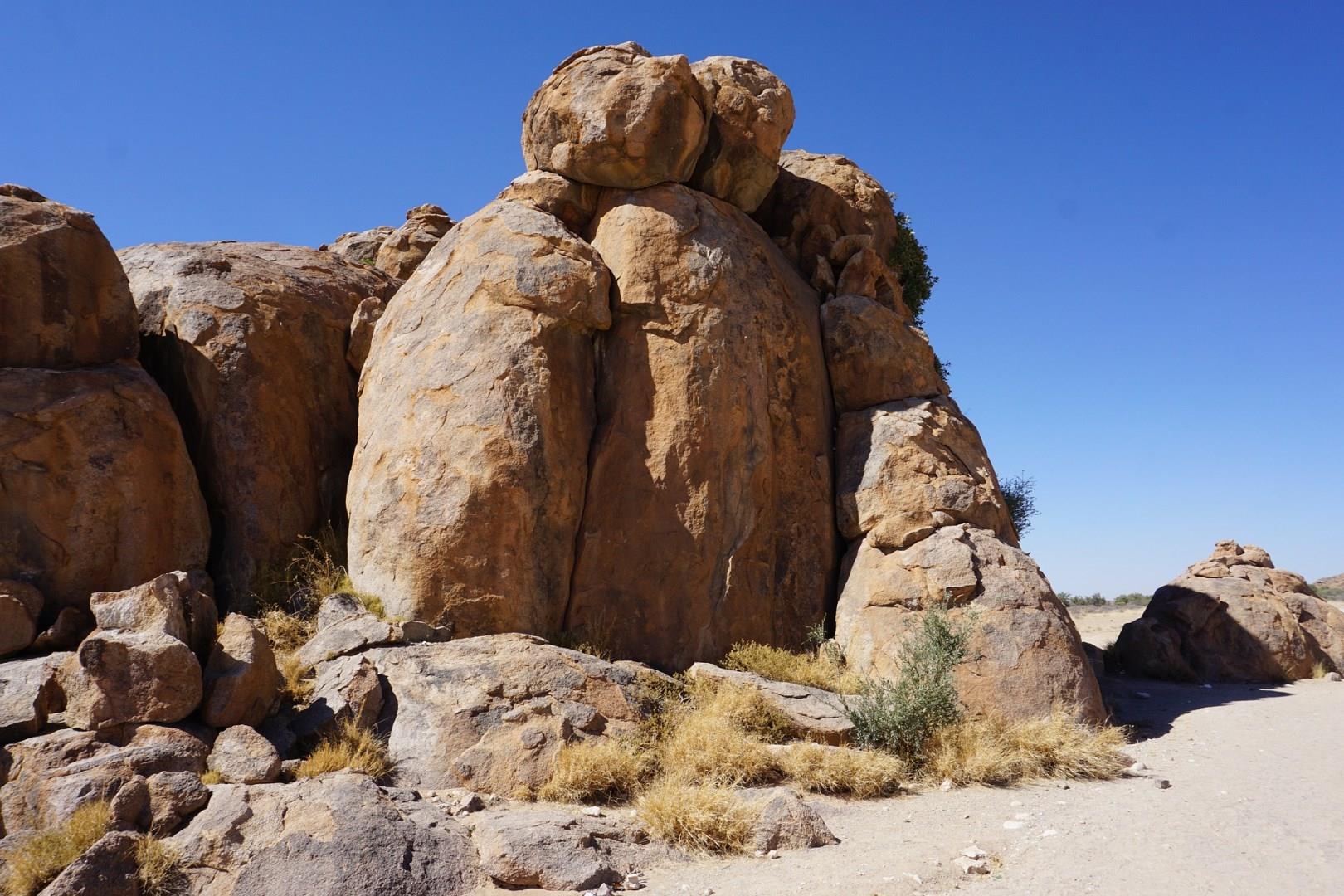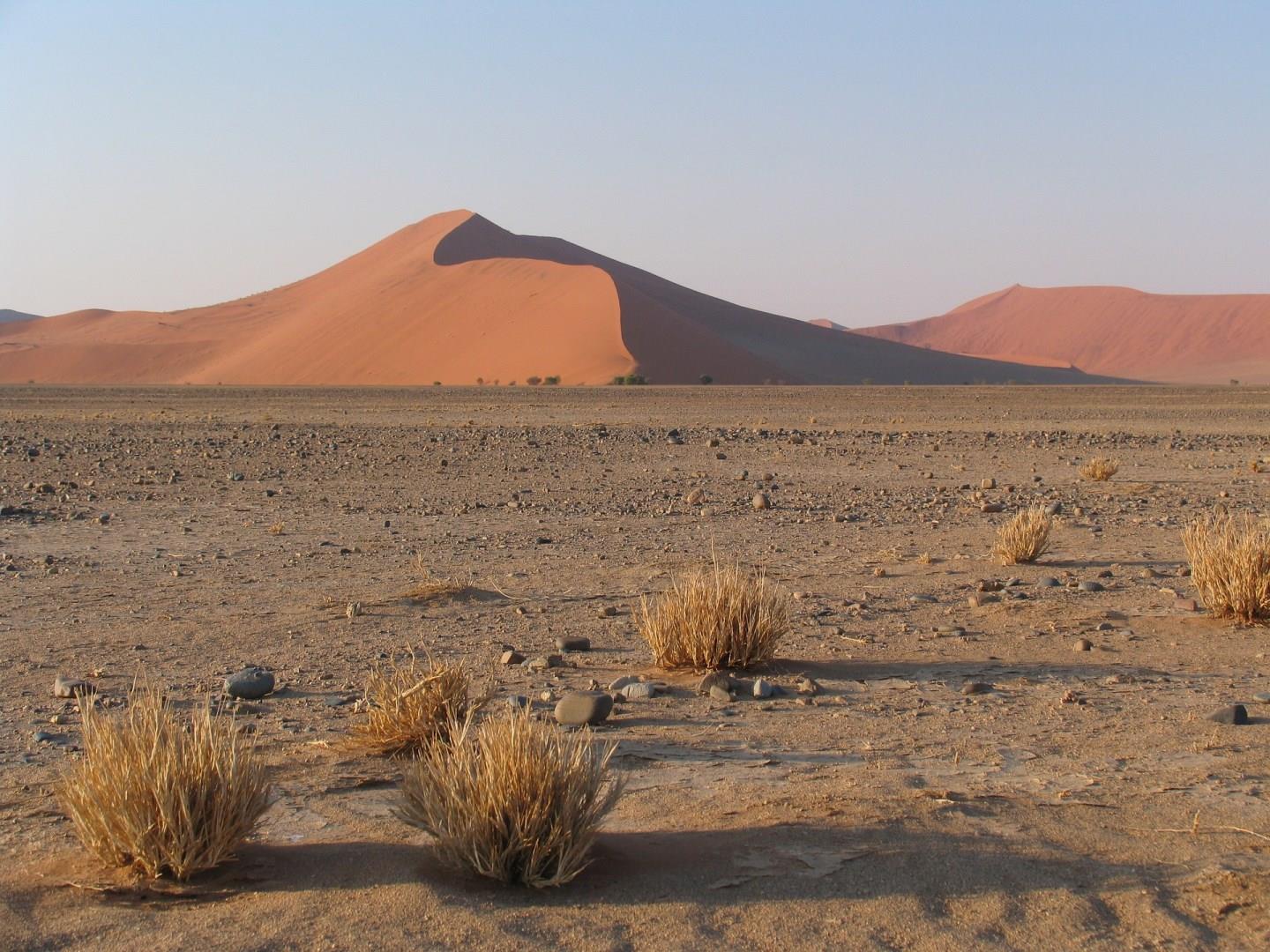

Talkeetna
Nestled at the base of North America’s tallest peak, Denali, this charming village is a nature lover's dream! Whether you love hiking, fishing, skiing or mountain climbing, you can do it all and more in Talkeetna!

Milford Sound
Located northwest of Queenstown, New Zealand, the Milford Sound fiord is a stunning natural landmark in Fiordland National Park popular for its lush, jagged cliffs, cascading waterfalls, and variety of wildlife.

Mikumi National Park
Mikumi National Park, located in Tanzania's southern highlands, offers a pristine and relatively undiscovered safari experience. Spanning over 3,230 square kilometers, Mikumi is part of the larger Selous Ecosystem, providing a diverse range of habitats from open grasslands to dense miombo woodlands. This park is an excellent choice for those seeking a more tranquil alternative to the more frequented Serengeti and Ngorongoro Crater.

Lapland
The region of Lapland, Finland, is a dream come true for travelers in search of a real winter wonderland. The area has long been associated with Father Christmas, reindeer and a dense, snow-covered wilderness.

Martinique
Martinique is a lush island in the Caribbean's Lesser Antilles and replete with attractive beaches, tropical forests, and colonial architecture. An overseas département of France, this island destination is a popular stop on Caribbean cruises. The island is ideal for a variety of outdoor adventures, including snorkeling, kayaking, and hiking.

Šiaulia
Šiauliai, often referred to as the "City of the Sun" due to its high number of sunny days, is a vibrant gem in northern Lithuania. The city's most iconic landmark is the Hill of Crosses, a profound site of pilgrimage adorned with thousands of crosses placed by visitors over the decades. This unique and moving monument, which has been recognized by UNESCO for its cultural significance, symbolizes the resilience and spirit of the Lithuanian people.

Skyland World Travel
One call for all your travel needs
EMAIL US:
GIVE US A CALL: (908) 852-7081












